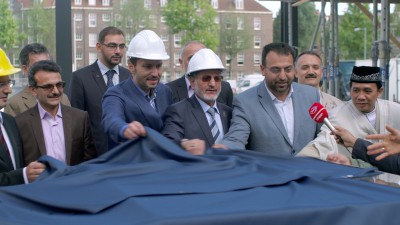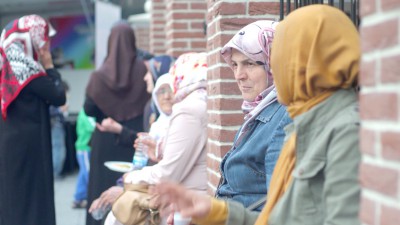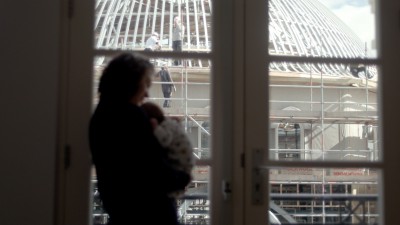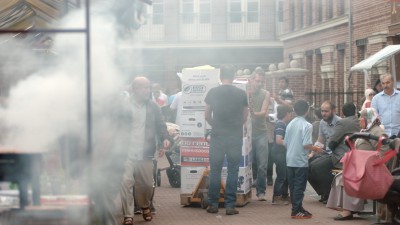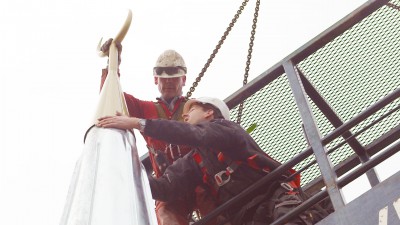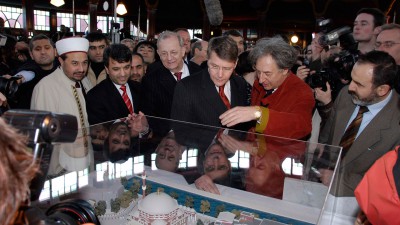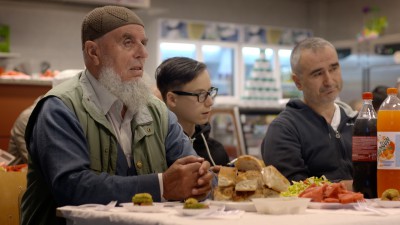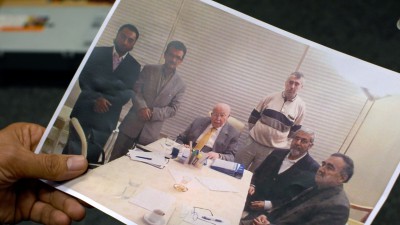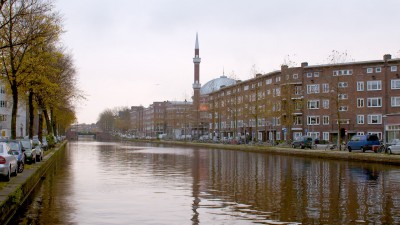Scroll down to continue

Scroll down to continue

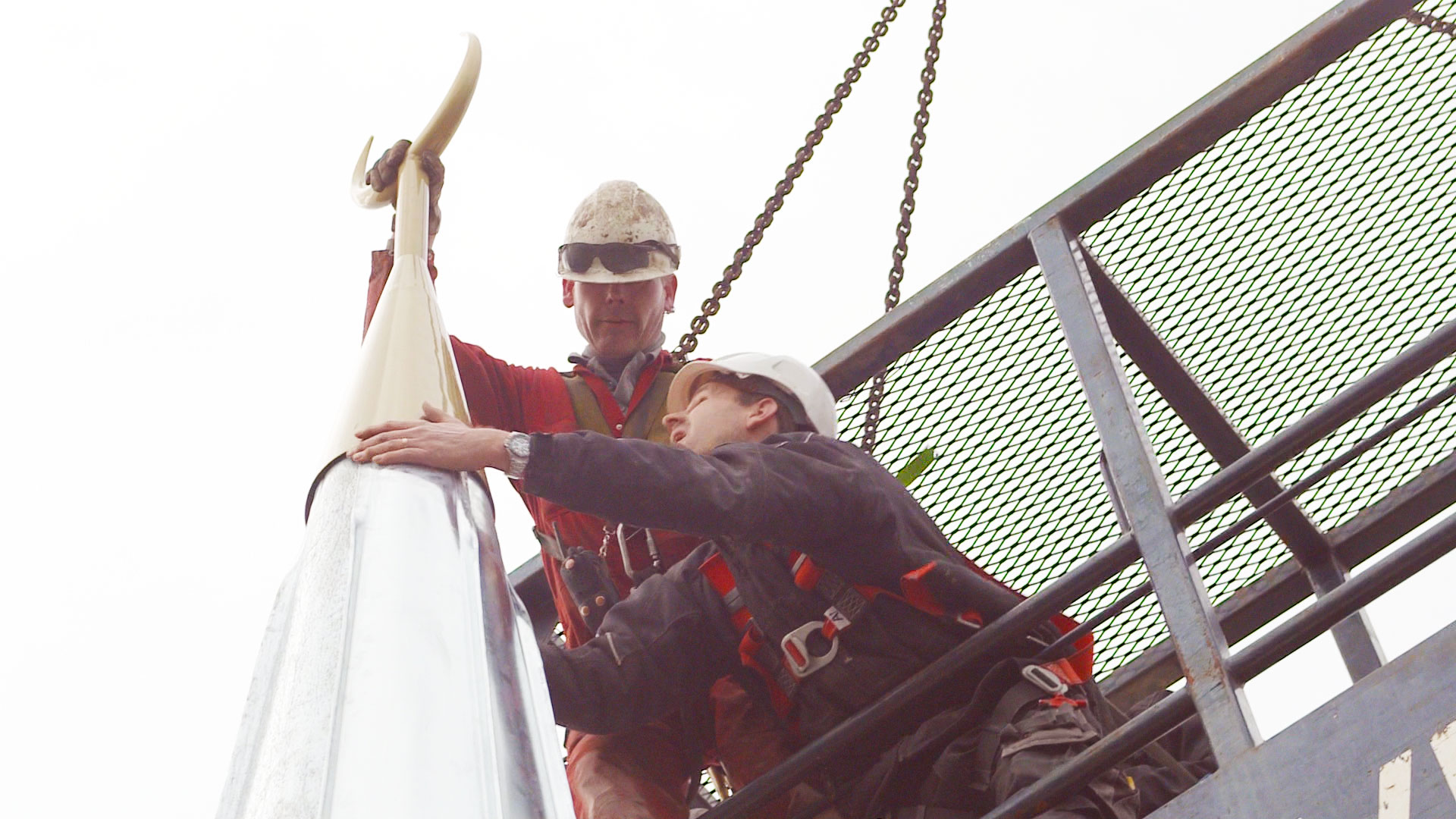
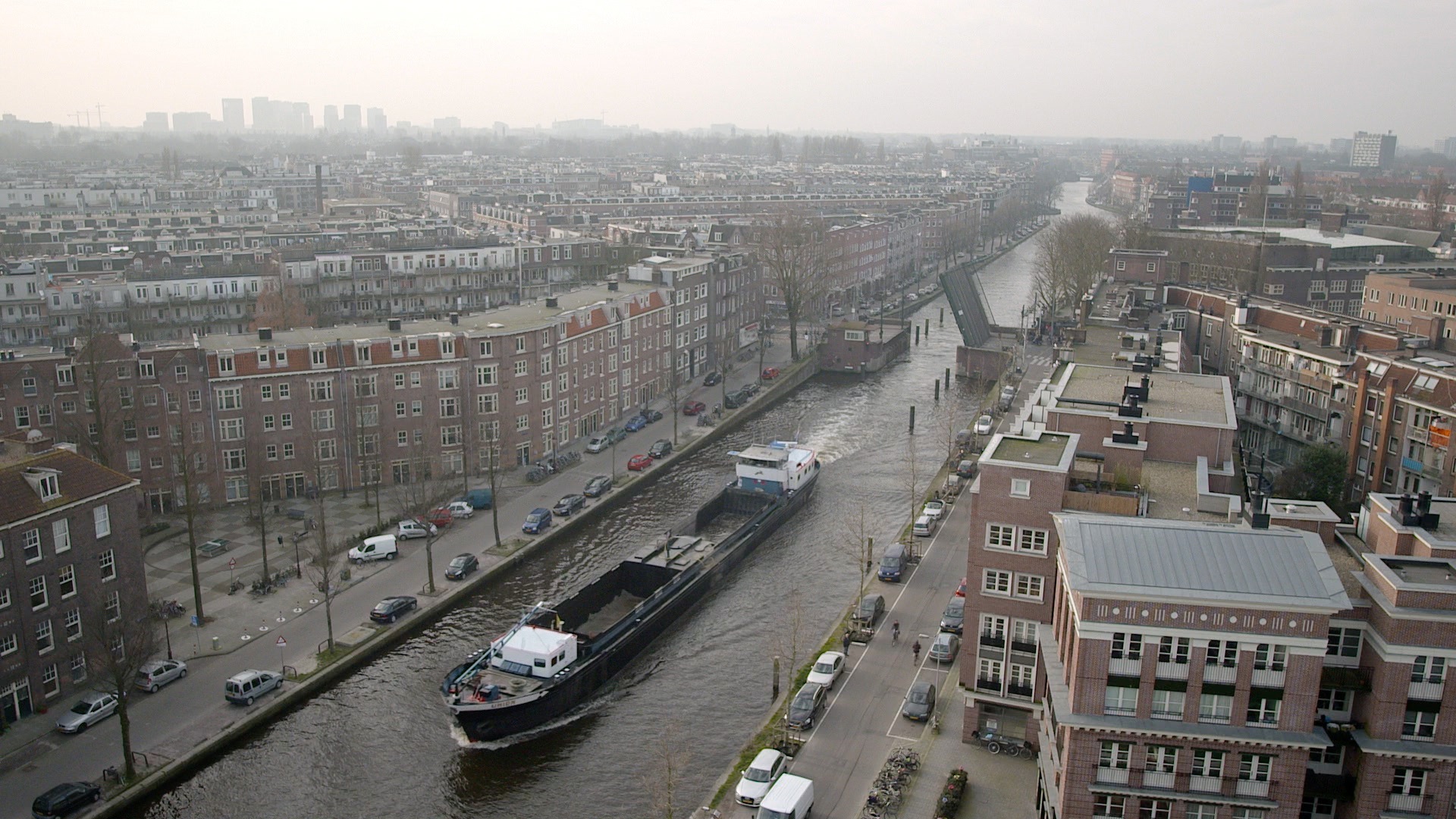

During a meeting in which the mosque association, residents and officials of the city district discuss the future layout of the Piri Reïs Square, it becomes clear that there is no possibility for local residents to participate in the design plans for the area. It also remains unclear whether the mosque will have the Ezan, the daily call to prayer.
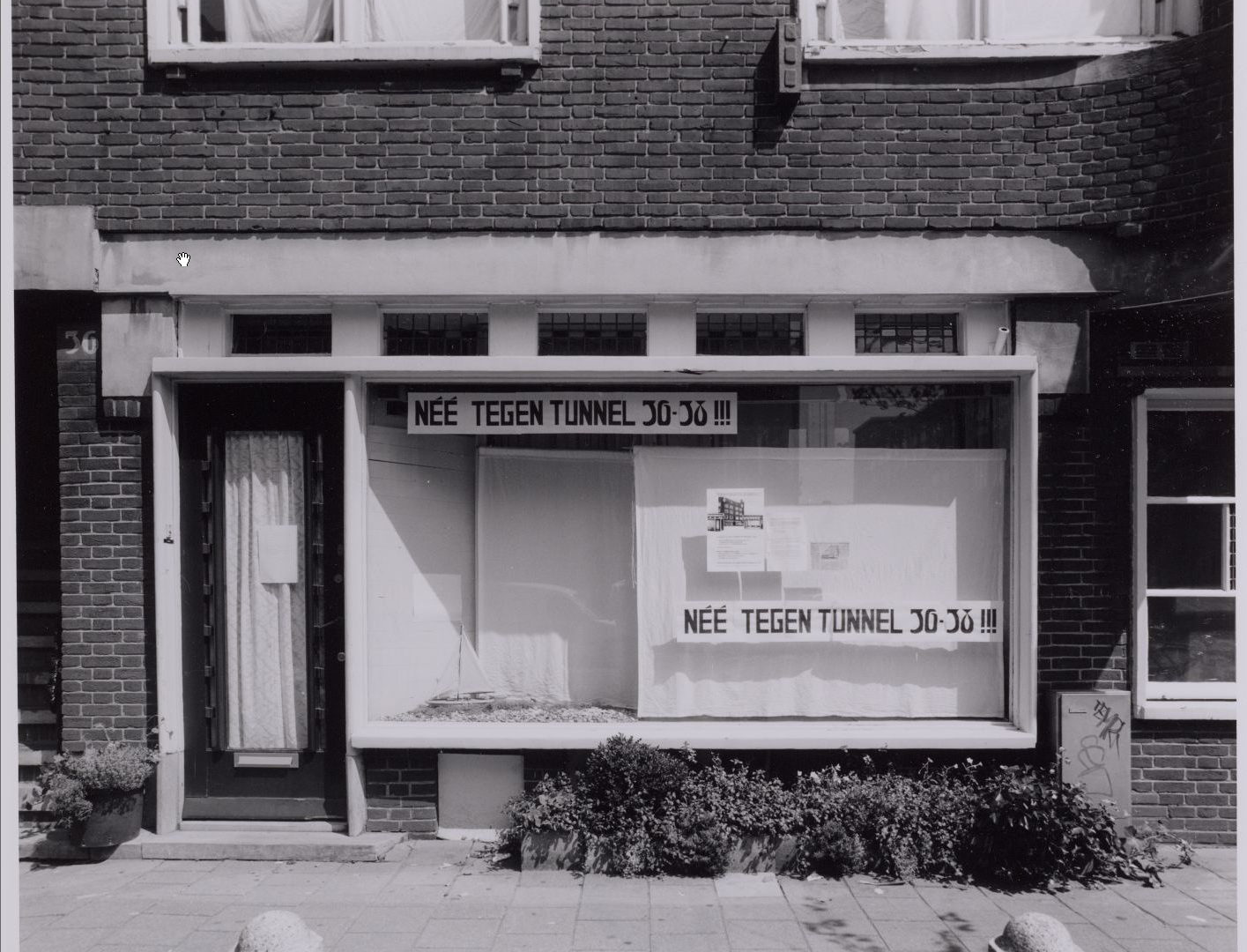

When the plans for the Westermoskee are presented and almost approved by the council of De Baarsjes, new resistance arises in the neighbourhood. Some residents realise that this mosque could have a huge impact on their lives. They protest against the demolition of a number of monumental buildings on the Witte de With Street, right behind the square. Several disgruntled residents join an activist group called BORT, which is an abbreviation of ‘Belangenbehartiging Omwonenden (voormalig) Riva-Terrein’, orInterest group Neighbours (former) Riva-Terrain. They also object to the height of the minaret and to the fact that the war memorial has to give way to the house of prayer.
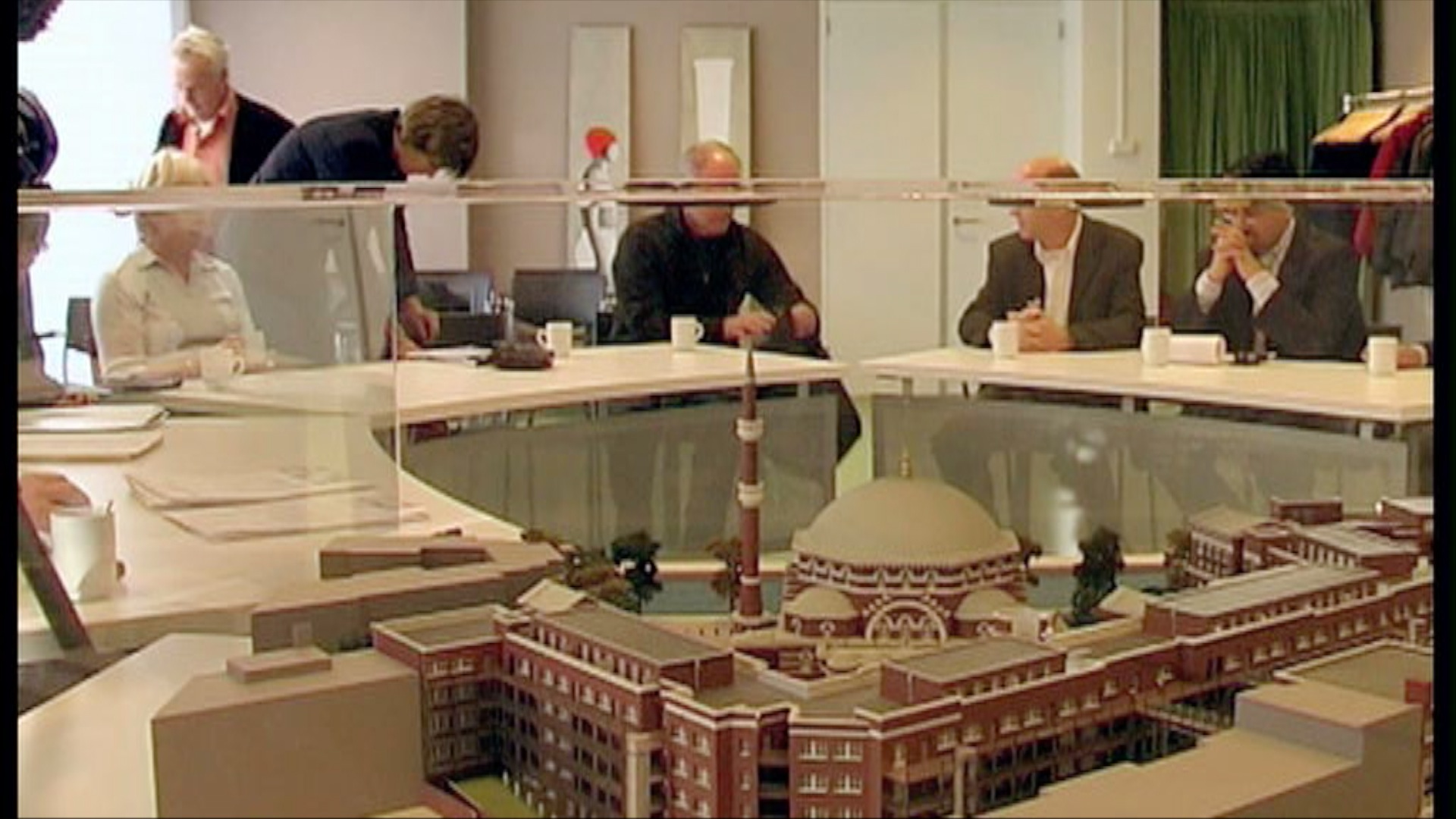

After years of meeting and discussing, the project partners of the Westermoskee (investment company Manderen BV, housing association Het Oosten and the council of De Baarsjes) reach an agreement with resident action group BORT. In the fall of 2005, the only issue that remains on the table has to do with the height of the minaret. BORT doesn’t want it to be substantially higher than other buildings in the neighbourhood. A difficult encounter between the parties follows, in which the atmosphere is icy and explosive.
Fragment of documentary Aya Sofya Amsterdam: Mosque in the West, by Jack Jansen, IKON, van Huystee Film & TV, 2007
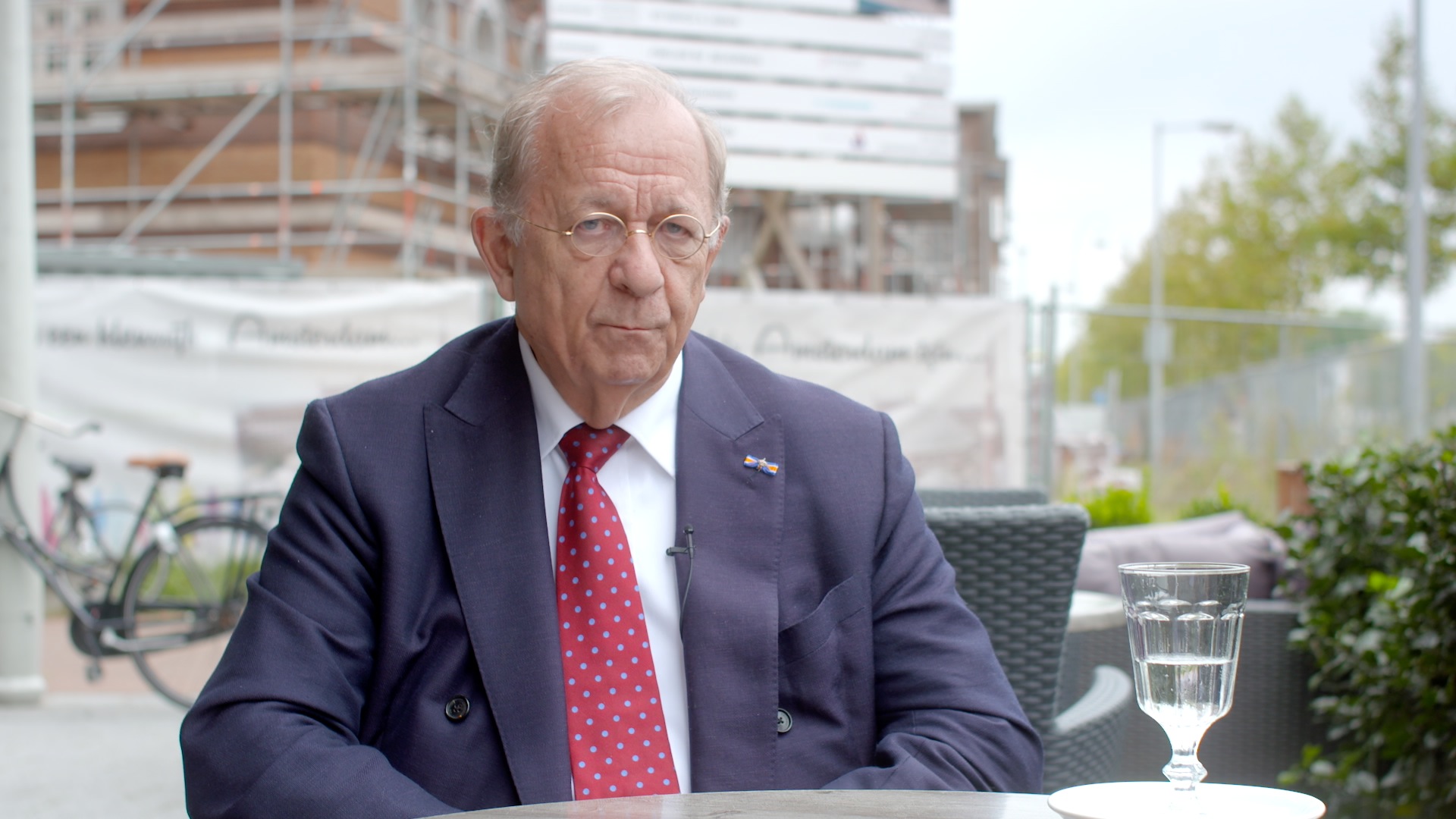

A final decision on the height of the minaret is put in the hands of an arbitration commission, which rules that the height of 42 meters has to be maintained. For BORT this is a major setback. The project partners are relieved and close discussions with BORT about the minaret to their satisfaction.
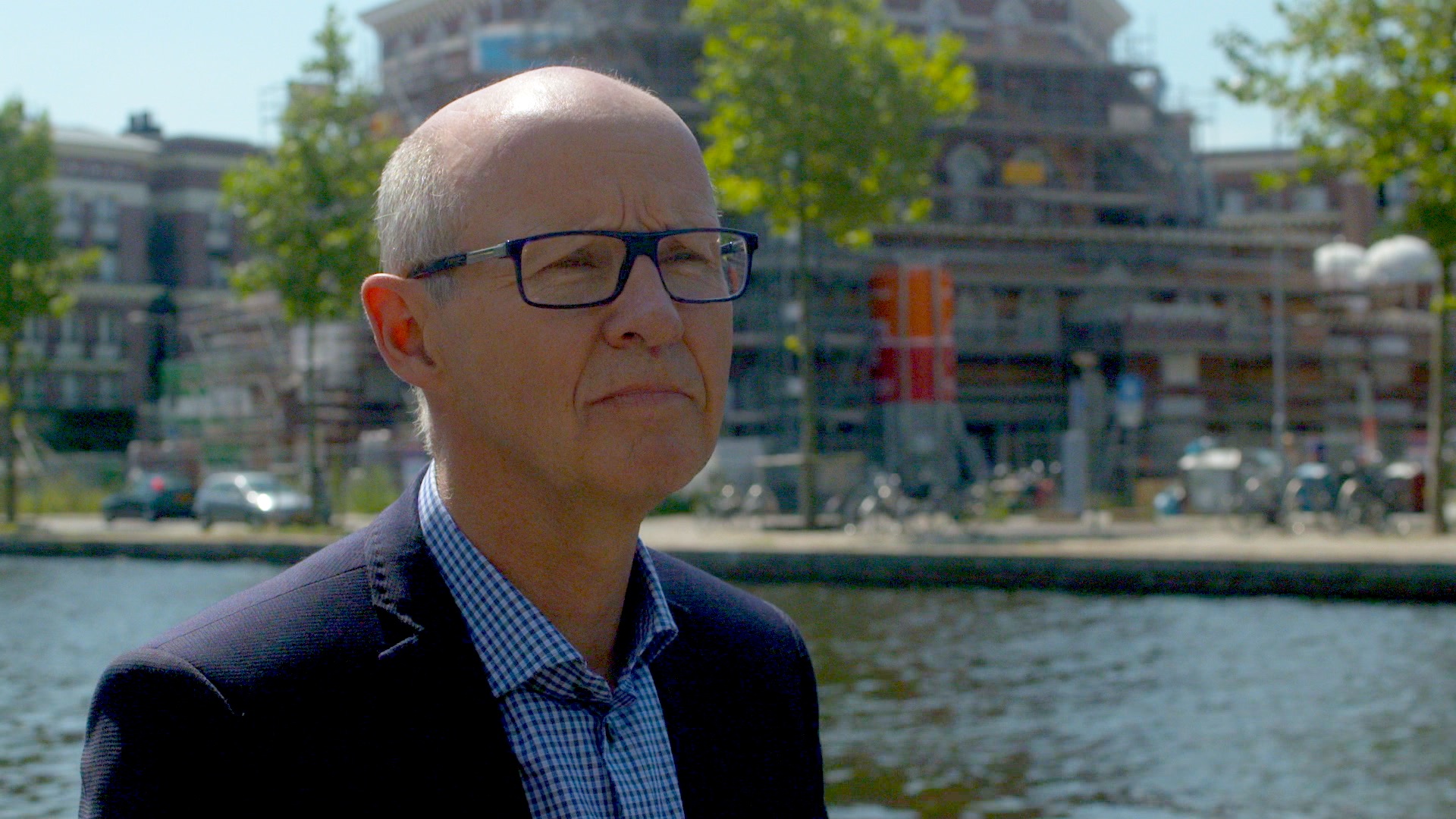

In Sunni Islam, it is customary to call for prayer five times a day. Amplified through speakers, the imam calls all believers to come to his mosque for congregational prayer. This call to prayer (Ezan in Turkish) might also sound from the Westermoskee. Former district mayor Henk van Waveren of the local Labour Party sees no harm in that.
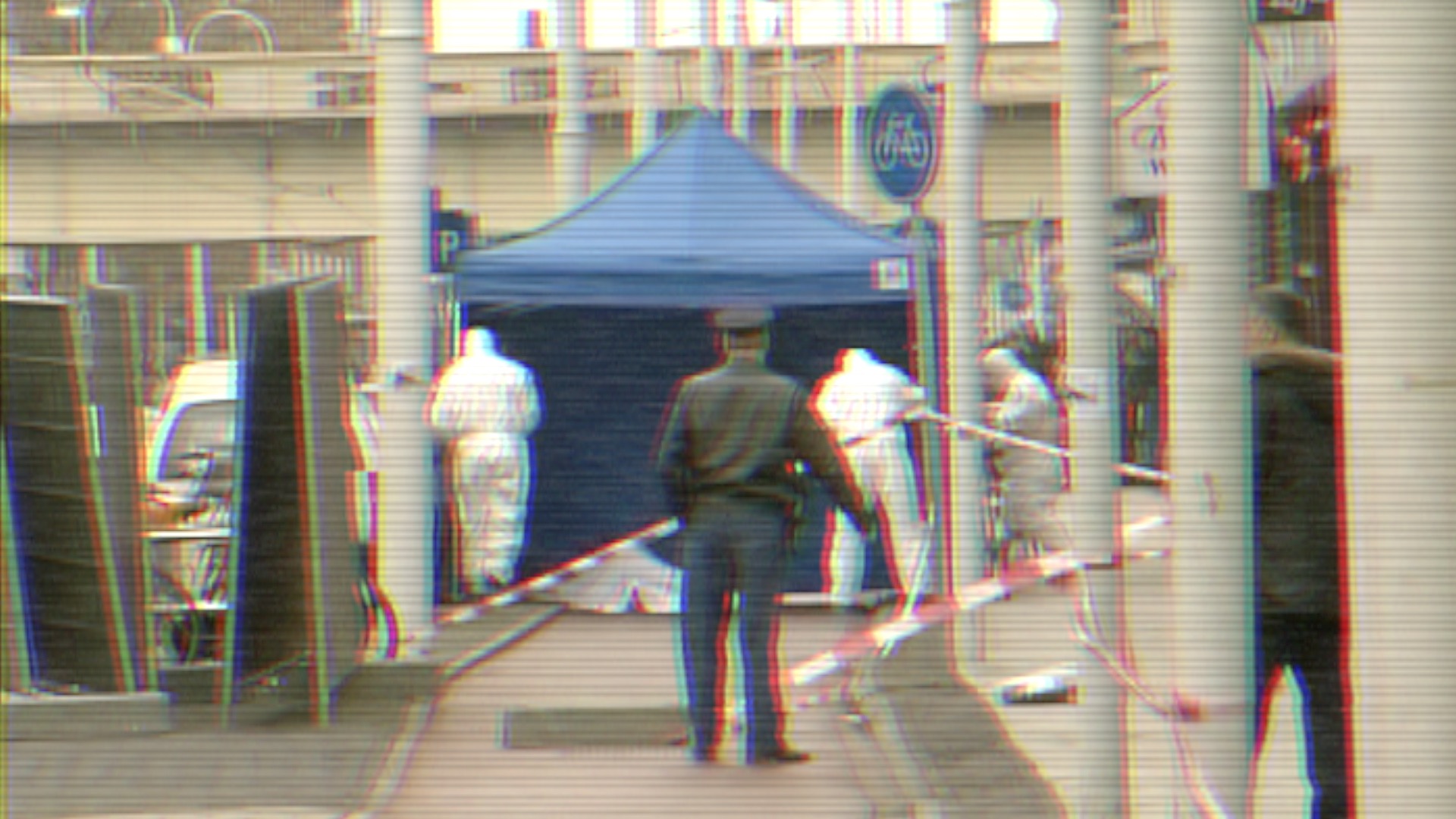

After the murder of filmmaker Theo van Gogh on the 2nd of November 2004, the council board of De Baarsjes meets with representatives of the three mosques in their district. At stake: the latter’s endorsement of freedom of speech and their willingness to immediately signal radical behaviour. The Aya Sofya Mosque, as one of the three mosques, signs this ‘Contract with Society’ at the end of 2004.
